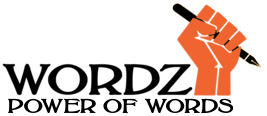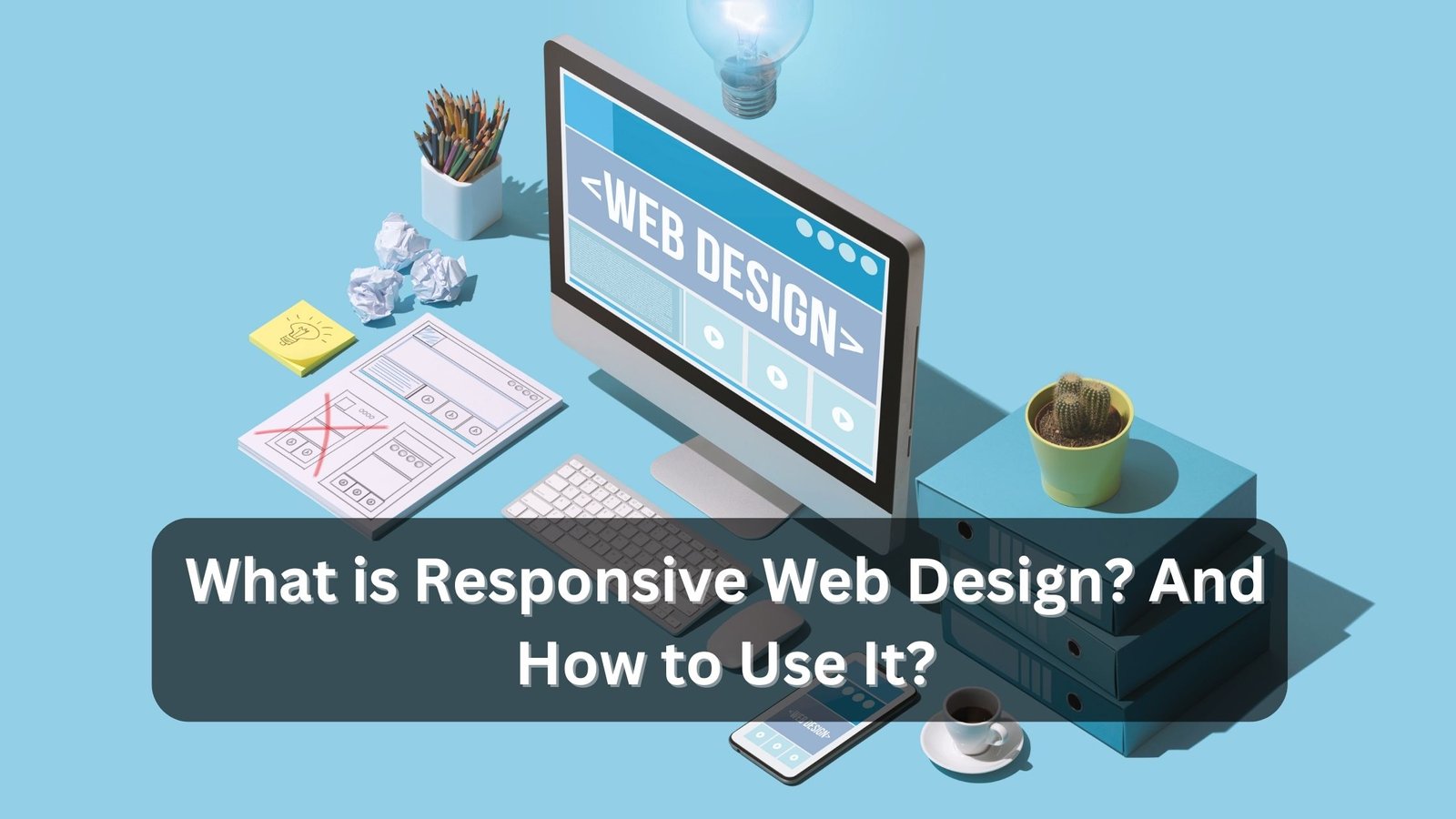What is Responsive Web Design? And How to Use It?

Contents
What is Responsive Web Design?
Responsive web design is an approach to web design and development that aims to ensure a website’s optimal viewing and interaction experience across a wide range of devices and screen sizes. It involves designing and coding a website in a way that allows it to adapt and respond to the dimensions of the user’s device, whether it’s a desktop computer, laptop, tablet, or smartphone. Key features of interface design include flexible layouts, fluid images, and media queries to create a seamless and user-friendly experience on all screen sizes. This approach is essential in the mobile-centric digital landscape to ensure accessibility and usability.
How to Use It?
To implement web design, utilize flexible grid layouts, media queries, and relative units in CSS. Design elements using percentages, not fixed pixels, for fluidity. Apply media queries to adjust styles based on screen size and orientation. Ensure images and media scale appropriately. Consider a mobile-first approach, and explore responsive frameworks. The principle of website design ranking emphasizes the importance of optimizing a website’s structure, content, and user experience to secure higher positions in search engine results, thus increasing visibility and driving organic traffic. Test and optimize across various devices to guarantee a seamless user experience.
What Are the 3 Basic Things Required for Responsive Web Design?
Creating a seamless user experience across diverse devices and screen sizes necessitates the integration of three essential elements:
1. Media queries
Media queries are CSS techniques that allow you to apply different styles or layout rules based on the characteristics of the device or screen size. With media queries, you can define breakpoints, which are specific screen widths at which the layout or styles change. This is a key aspect of responsive design as it enables your website to adapt to different devices, such as smartphones, tablets, and desktops.
2. Flexible grid layout
A flexible grid layout is the foundation of responsive design. It involves creating a grid system for your web layout that can adjust and reorganize content as the screen size changes. The grid system is typically defined using CSS, and it allows you to specify how many columns an element should occupy at different screen widths. This ensures that your content flows and rearranges itself intelligently to fit the available space.
3. Flexible images and media
To make images and other media elements responsive, you need to use CSS to ensure they adapt to different screen sizes. Common techniques include setting a maximum width of 100% for images to prevent them from overflowing their containers. This allows images to scale down proportionally on smaller screens without distorting or causing horizontal scrolling.
These three components, when properly implemented, enable your website to provide an optimal user experience, regardless of the device being used to access it.
5 Key Benefits of Responsive Web Design
Responsive web development offers numerous benefits that cater to both users and website owners. Here are five key advantages:
1. Enhanced user experience
Responsive websites adapt to various screen sizes and devices, ensuring a consistent and user-friendly experience. Users don’t have to pinch, zoom, or scroll excessively, making navigation and content consumption effortless. When it comes to website design rankings, factors like user experience, mobile responsiveness, and search engine optimization play a pivotal role in determining a website’s visibility and success. This leads to higher user satisfaction and longer on-site engagement.
2. Improved SEO and visibility
Search engines, like Google, favor responsive design because it provides a better user experience. Websites that are mobile-friendly tend to rank higher in search results. With a responsive design, you can maintain a single URL for your website, making it easier for search engines to index and display your content.
3. Cost-efficiency
Responsive design eliminates the need for separate mobile and desktop websites, reducing development and maintenance costs. With one website that adapts to all devices, you save time and resources while ensuring a consistent brand identity.
4. Increased conversion rates
A responsive website can significantly boost conversion rates. When users can easily navigate your site and access your content on their preferred device, they’re more likely to complete desired actions, such as making a purchase, signing up for a newsletter, or filling out a contact form.
5. Broader audience reach
With responsive design, your website can effectively reach a broader audience. It caters to users across various devices, including smartphones, tablets, and desktops. This adaptability is particularly important in today’s mobile-driven world, as mobile usage continues to grow.
Finally, effective website design is the foundation of a successful online presence. Professional website development is essential for developing a platform that engages, informs, and converts visitors, whether you’re an individual blogger, a small business owner, or a huge organization. As more organizations and individuals appreciate the value of a strong online presence, the need for competent web design agency in Wilmington NC, and beyond is increasing. Using the knowledge of experienced designers guarantees that your web presence not only satisfies current requirements, but also remains adaptable and innovative for the ever-changing digital landscape.










